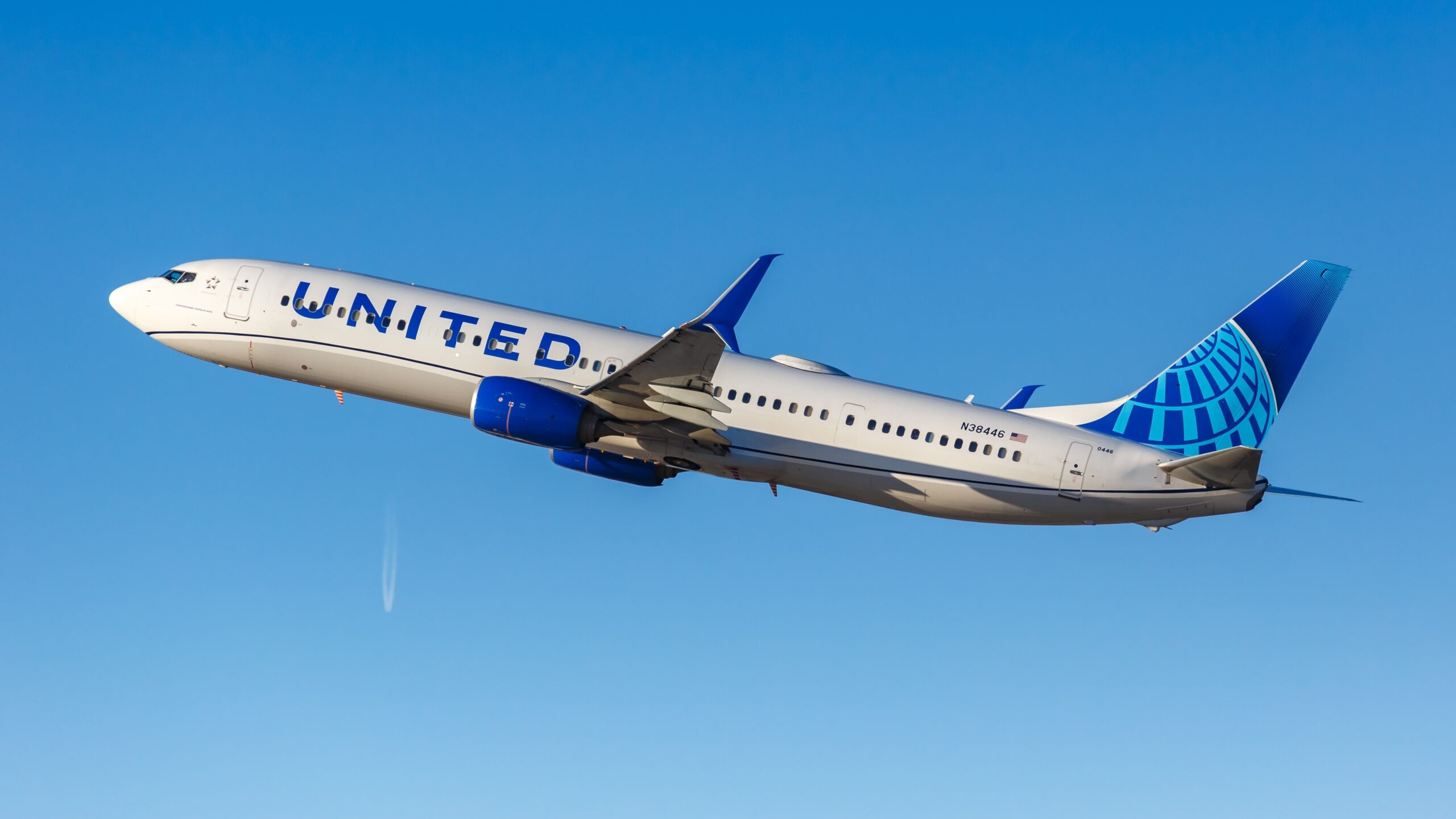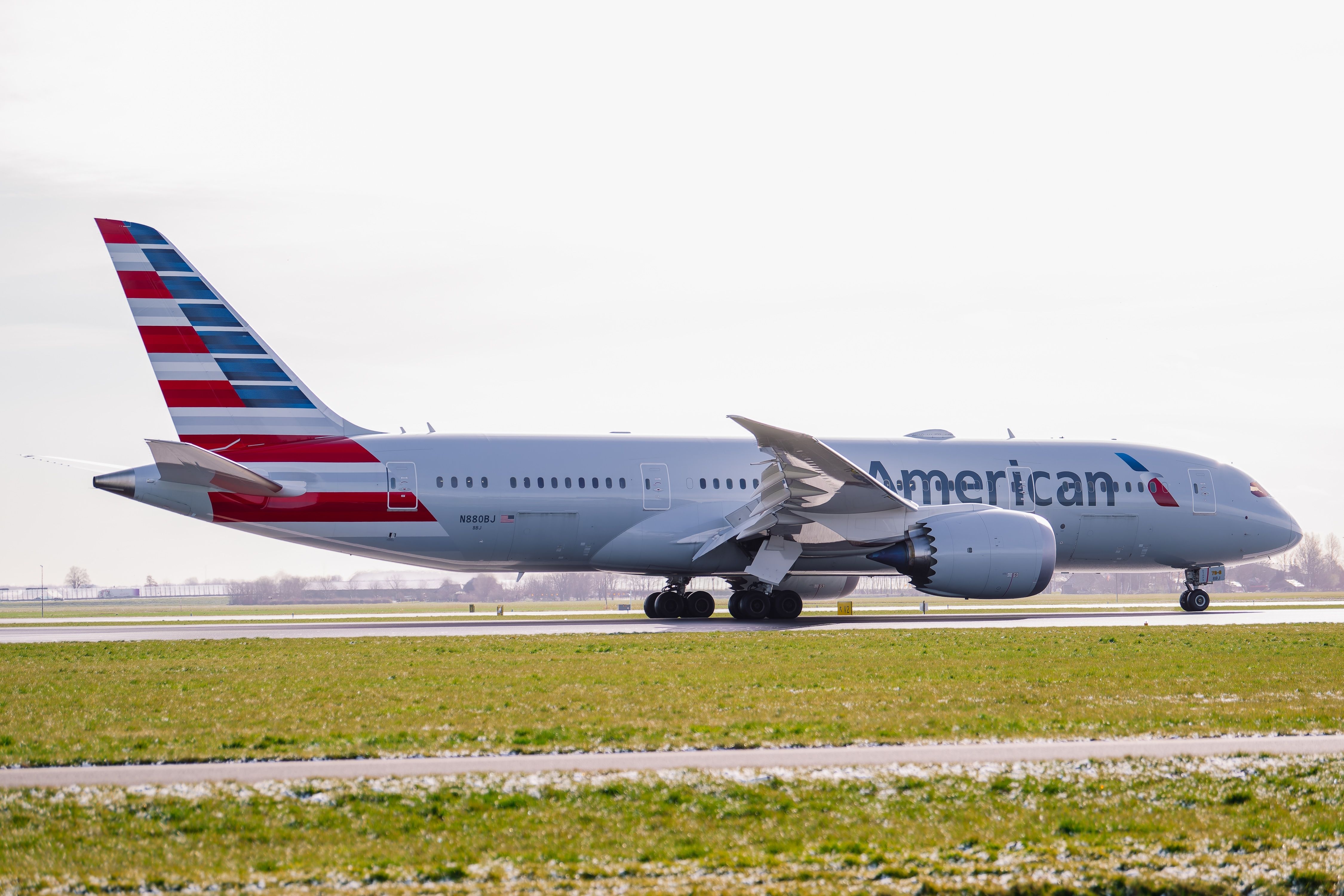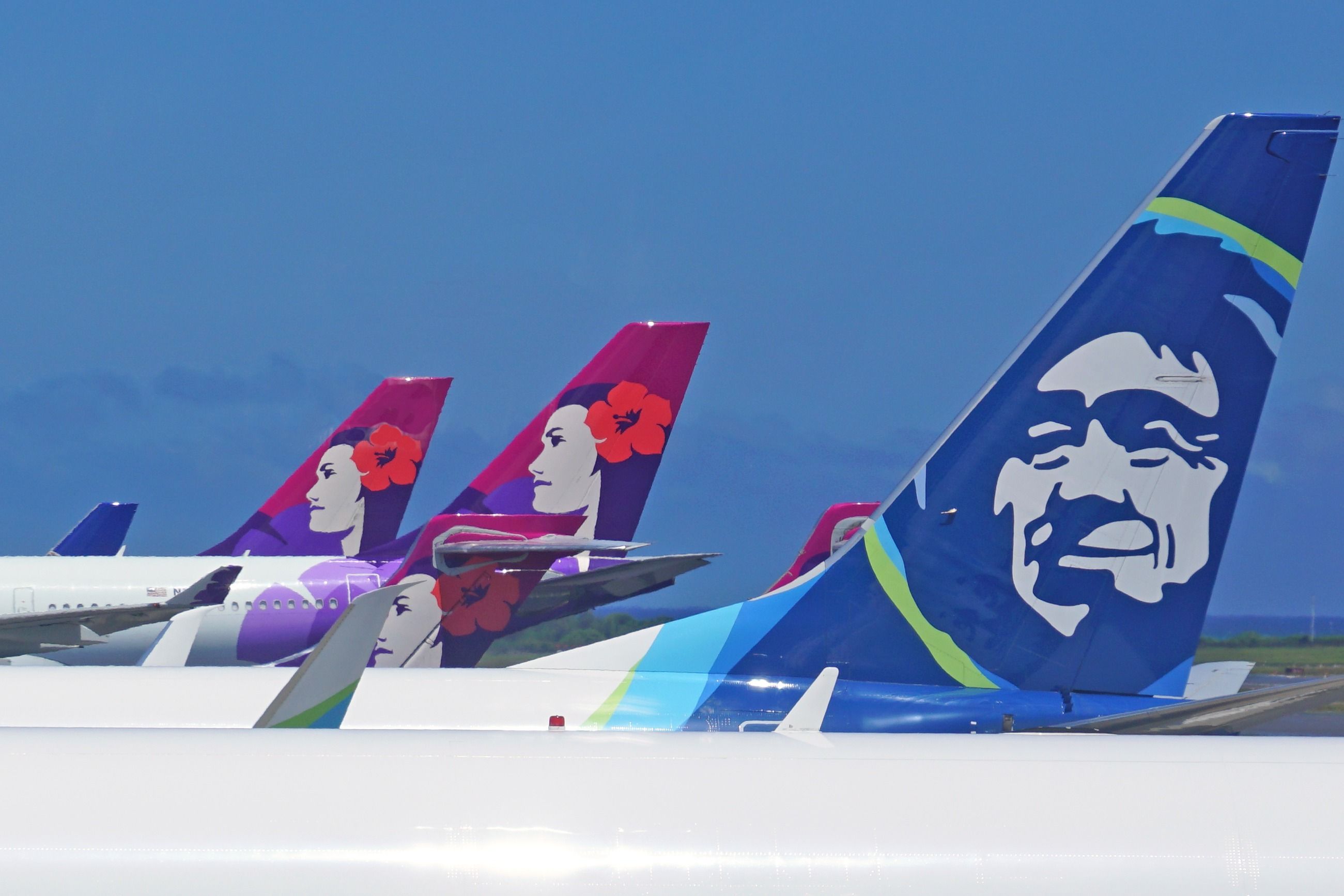Summary
- Airlines are using loyalty programs as essential revenue-generating businesses.
- Regulators are investigating airline loyalty program devaluation and restriction practices.
- The DOT may require airlines to return to clear point requirements and eliminate dynamic pricing.
Airline
loyalty
programs, since they were first introduced decades ago by American Airlines and the now-defunct Texas International Airlines, have rapidly grown and expanded into multi-million dollar organizations that are often more valuable than the airlines themselves. For years now, carriers have thrived by using their loyalty programs as crucial revenue-generating businesses, far removed from the punch-card style loyalty programs that once existed.
Photo: Balta Mihaita Sorin | Shutterstock
Cobranded credit card partnerships, agreements with hotel chains and rental car companies, alongside status that grants access to exclusive lounges have become the lifeblood of commercial airlines. Over and over again, we have seen carriers expand their loyalty offering to include even more exclusive benefits, while also making it harder and harder to achieve the highest tiers of status.
While airlines have long enjoyed the ability to wield influence over both partner companies and the consumer through these loyalty programs, regulators at the United States Department of Transportation have finally started to take notice. A new investigation spearheaded by Secretary of Transportation Pete Buttigieg has called airline loyalty program devaluation and restriction practices into question. Let’s take a deeper look at what impact the results of this investigation could have on airline loyalty programs today.
The four primary issues observed by the DOT
As airlines have begun to wield their power via these loyalty programs over the consumer, regulators have begun to notice certain behaviors which undoubtedly are a cause for concern. For starters, there are three individual concerns, all of which are important to contextualize.
Devaluation of earned rewards
For starters, airlines have begun the practice of “shifting the goalposts,” as the DOT put it. Carriers have begun to make it much harder to both predict and accrue the amount of points needed to, for example, book an award flight between two different destinations.
If the DOT finds wrongdoing, they could require airlines to return to the days of published tables which would immediately tell you how many miles you would need for a given flight. This could provide much-needed clarity for the consumer.
Unexpected fees and confusing dynamic pricing
Airlines have also begun the practice of adding excessive fees to award tickets, while also introducing more dynamic pricing tactics which make it even harder to understand how many miles one might need for a flight. Should the DOT choose to take action against carriers in this category, they might force them to eliminate dynamic pricing for award tickets, while publishing what fees come along with award tickets.
Problematic competitive dynamics
Likely the largest issue at hand is the challenge of decreasing competition within the airline industry. As fewer and fewer players begin to dominate commercial air transport in the United States, their loyalty programs become even more valuable.
Photo: EQRoy | Shutterstock
As a result, carrier loyalty programs can raise prices on their partners, while also mandating even more onerous thresholds on consumers looking to gain elite status. If the DOT is concerned by this behavior, one of the first things they may actively seek to block is the proposed merger between Alaska Airlines and Hawaiian Airlines, which could see two of the country’s largest loyalty programs merge into an even more powerful organization.
The bottom line is that at the end of the day, airlines have become banks that can issue points or miles for which they are the only source of redemption. As a result, the amount of control that they hold over both passengers and program partners could prove problematic.



